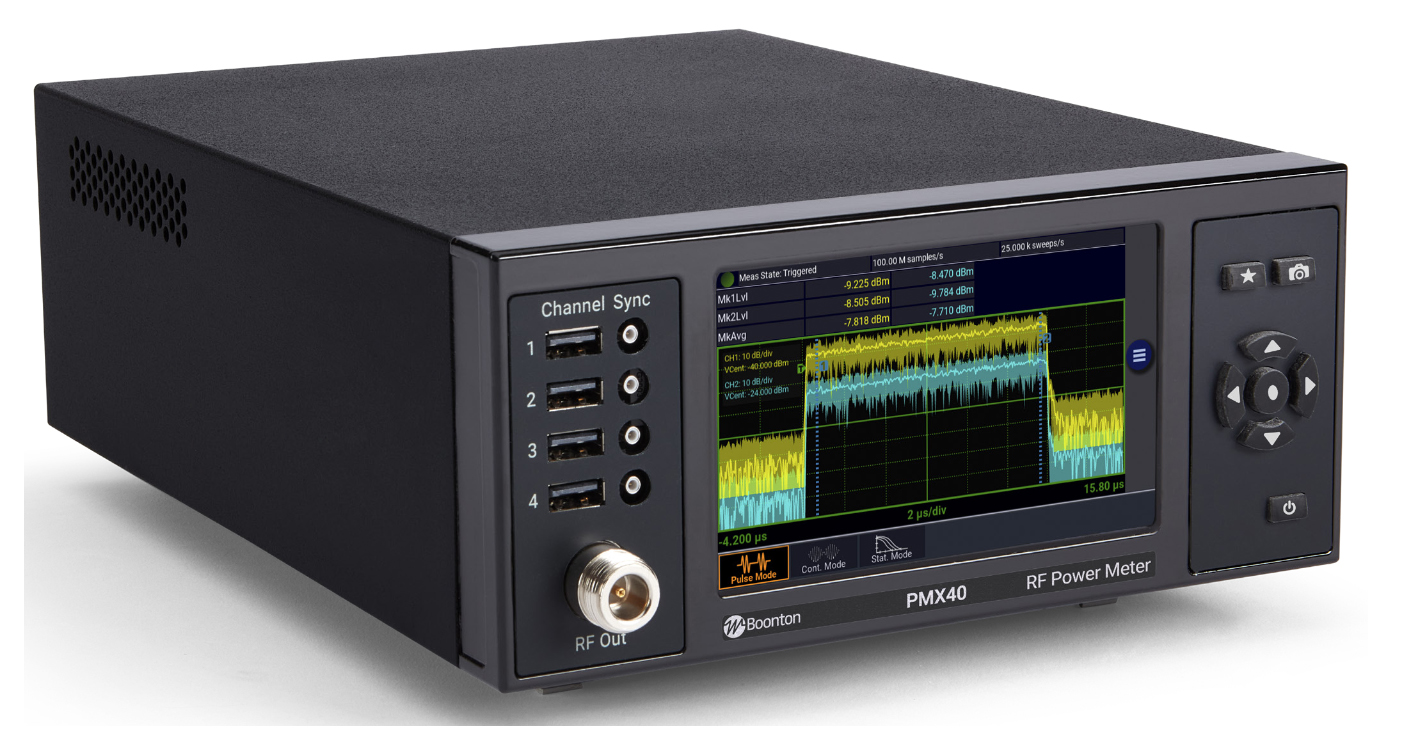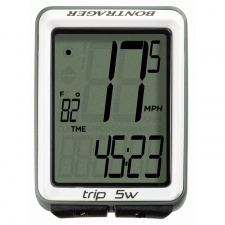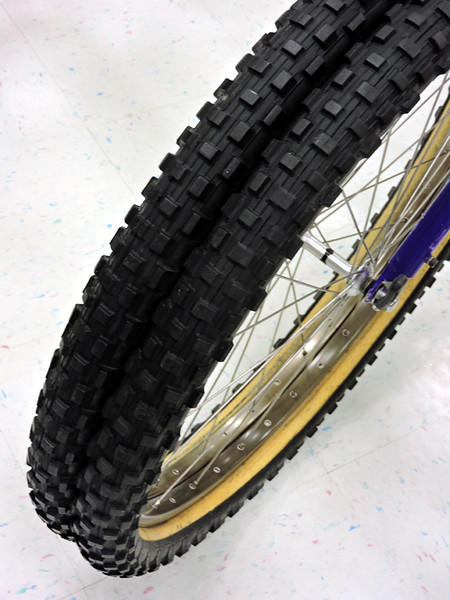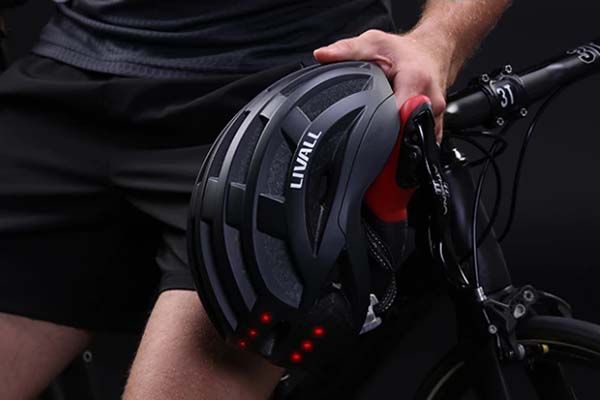The Ultimate Guide to Power Meters for Tracking Performance in Cycling
Introduction
For cycling enthusiasts aiming to enhance their performance, power meters have become an invaluable tool. These devices provide cyclists with real-time data to improve training efficiency and maximize power output. With cycling power meters, riders receive precise wattage measurement, cadence monitoring, and biomechanical feedback—all essential for cycling performance. In this guide, we’ll delve into power meters, exploring why they’re pivotal for cyclists and how they assist in performance tracking, covering aspects such as cycling performance metrics and optimal bike maintenance tips.
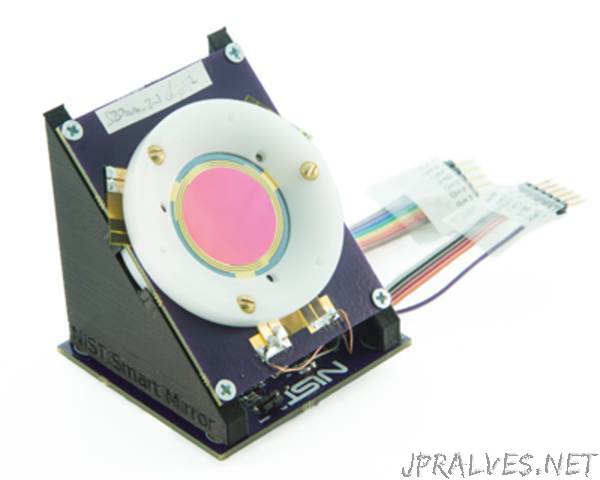
Training Techniques for Cyclists
Power-Based Training
Power-based training revolves around using power meters to tailor workouts according to specific power zones. By focusing on training intensity determined by power output, cyclists can target different fitness metrics, such as endurance, speed, and power strength. Monitoring wattage allows for structured workouts that improve cycling endurance and efficiency.
Interval Training for Cycling
Interval training, characterized by cycling at high intensity followed by periods of recovery, is another strategy enhanced by power meters. They help cyclists gauge the precise power output needed during intervals, ensuring workouts remain within the optimal training load, promoting better performance.
Cycling Cadence and Performance Metrics
Maintaining ideal cadence is crucial for optimizing energy expenditure. Power meters enable cyclists to track cadence and adjust their pace in real-time, fostering better cycling performance and workout efficiency. This real-time data supports riders in staying within power zones suitable for their training goals.
Data, Metrics, and Studies
VO2 Max Improvements for Cyclists
Studies have shown a link between power meter training and improvements in VO2 max, a key indicator of aerobic endurance performance. Cyclists utilizing power meters can tailor their workouts to maximize VO2 max, leading to sustained energy levels and improved endurance.
Benefits of Using Power Meters for Performance Tracking
Power meters offer undeniable benefits, including enhanced data analysis and performance tracking. They provide detailed insights into training intensity, energy output, and workload distribution. A study published in the Journal of Sports Sciences highlights significant improvements in cyclist performance when training with power meters, citing data-driven adjustments as a major factor.
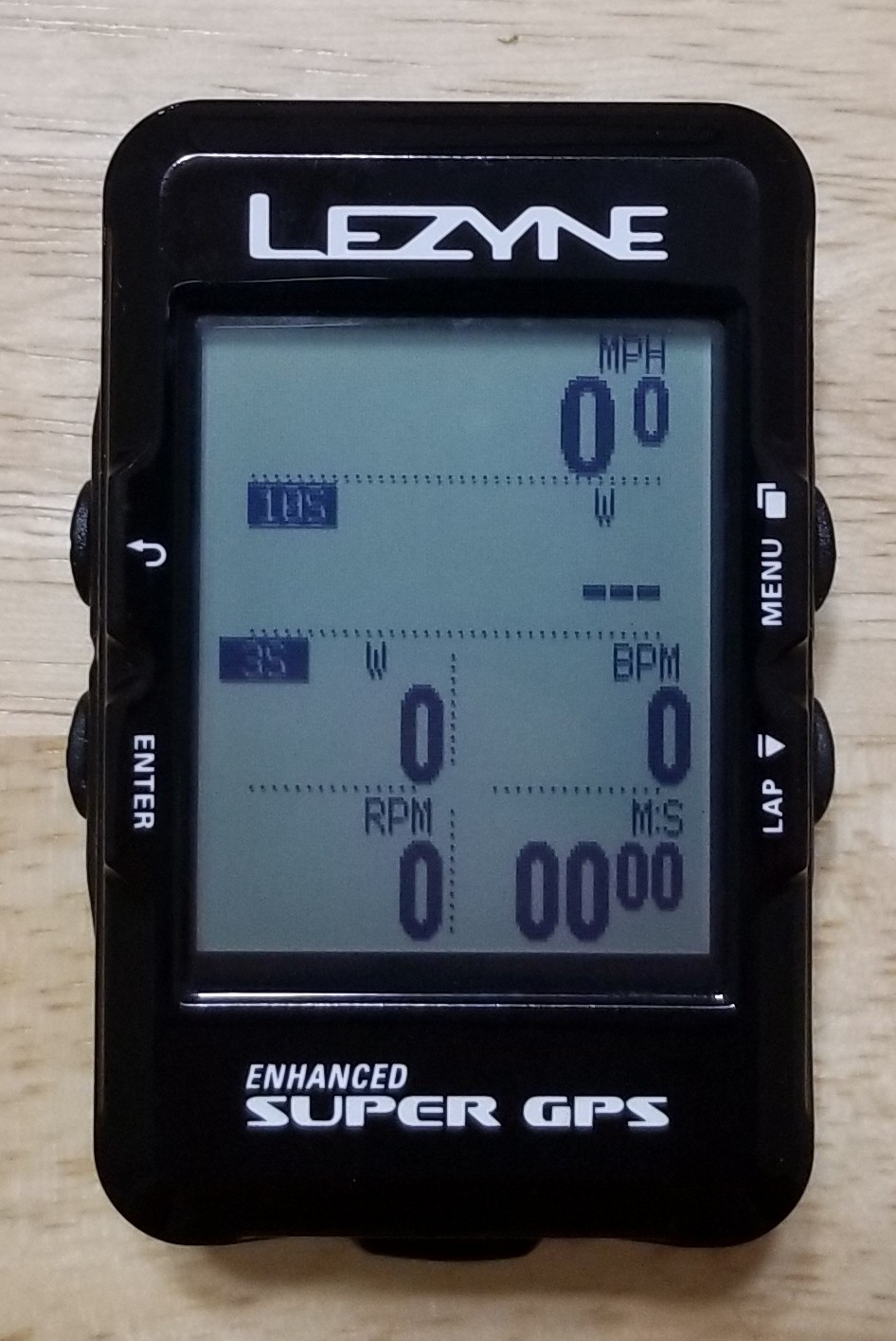
User Intent and Benefits
How to Improve Endurance
For cyclists seeking endurance gains, power meters can monitor athlete training load, ensuring workouts foster cardiovascular and muscular endurance. By focusing on power zone training, cyclists can efficiently build stamina for longer rides.
Cycling Techniques for Beginners
New cyclists can significantly benefit from understanding power outputs and cadence. Power meters simplify learning by offering real-time feedback on effort levels, helping cyclists maintain consistent and progressive training regimens.
Optimizing Cycling Workouts
Power meters are instrumental in tailoring workouts to individual needs. Whether aiming for energy efficiency or power bursts, cyclists can use power data to optimize their sessions. This thoughtful approach aids cyclists in avoiding plateaus and overtraining by adjusting workload based on precise feedback.
How to Choose the Right Cycling Gear
Selecting the Right Power Meter
Choosing the correct power meter is vital for tracking performance effectively. Consider factors such as compatibility with your bike, data accuracy, durability, and ease of use. Reliable brands with advanced features often provide better value in terms of data reliability and integration with cycling apps.
Essential Cycling Gear Recommendations
Apart from power meters, ensuring proper bike maintenance and using appropriate gear enhances performance. Quality helmets, cycling shoes, and aerodynamic clothing contribute significantly to overall cycling fitness and safety.
Advanced Techniques and Tips
Mental Resilience in Training
Training with power meters not only develops physical endurance but also mental resilience. By learning to push through perceived limits via data-driven goals, cyclists cultivate stronger mental frameworks for overcoming challenges during competitions.
Nutritional Practices for Cyclists
Optimal nutrition is critical for maximizing the benefits of using a power meter. Consuming balanced meals rich in carbs, proteins, and fats complements power-based training, ensuring energy levels remain consistent and recovery is effective.
Cycling Safety Tips
Proper safety measures, such as wearing reflective gear and maintaining situational awareness, enhance cycling experiences. Using advancements like connected power meters with GPS capabilities further boosts safety by providing route data and emergency contacts.
FAQs about Power Meters for Tracking Performance
1. What are the key benefits of using a power meter for cycling performance tracking?
Power meters provide precise data on power output, enabling cyclists to structure workouts more effectively, ultimately leading to improved cycling performance and endurance.
2. How can power meters improve training efficiency?
By monitoring wattage and training intensity, power meters allow cyclists to adjust their training load in real time, optimizing workouts for better improvements in fitness metrics.
3. Are power meters suitable for beginner cyclists?
Absolutely. Power meters offer valuable insights into effort and performance, helping beginners understand their capabilities and progress with a structured approach.
4. What features should I consider when buying a power meter?
Key features include data accuracy, compatibility with your bike, durability, user-friendliness, and integration with other cycling analytics tools and apps.
5. Can using a power meter prevent overtraining?
Yes, by providing real-time feedback, power meters help cyclists adjust their training loads to prevent overtraining and ensure adequate recovery periods are respected.
Conclusion
The journey to cycling excellence is paved with precision and dedication. Incorporating power meters into your training regime grants cyclists a wealth of data and insights necessary for optimal performance tracking. From enhancing workout efficiency to offering biomechanical feedback, these devices transform how cyclists train and monitor progress. Embrace the power of technology, explore power meters, and share your experiences below. Together, we can pedal further into the future of performance cycling.
